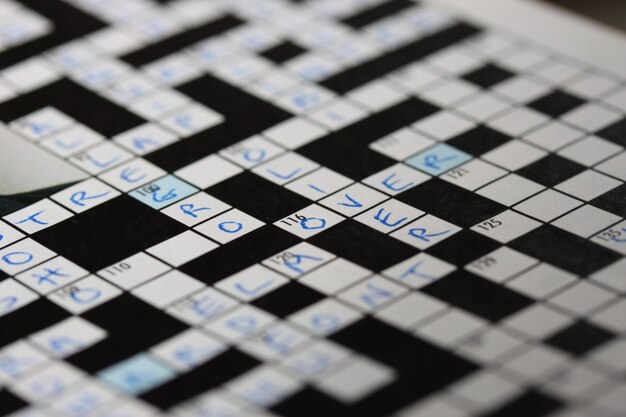Introduction
The New York Times Crossword (NYT Crossword) is a broadly recognized puzzle that challenges solvers’ wit and vocabulary. Each puzzle includes lots of clues that require smart wondering, however, there’s a thrilling concept known as “bumped matters” that adds an extra layer of complexity. This article explores what “bumped things” are, how they affect the puzzle-fixing process, and why they make the crossword even greater engaging.
What Are “Bumped Things”?
In the context of the NYT Crossword, the period “bumped things” usually refers to answers or clues that have been altered in a few manners, requiring solvers to assume outdoor the box. These alterations can come in exceptional bureaucracy, inclusive of swapped letters, changed clues, or unconventional word selections. The term “bumped” suggests that some thing has been “bumped” or modified, frequently all of sudden, developing a undertaking for solvers.
Bumped Answers
A bumped answer is whilst the expected phrase for a clue has been replaced with a synonym or a variant. This can confuse solvers because it can now not right away in shape the expected pattern of answers they’re used to. For example, if the clue shows a specific sort of chook, as opposed to the standard solution like “eagle,” the crossword would possibly use a related time period like “hawk” or something extra obscure. These subtle changes challenge the solver to recollect all viable solutions in place of relying on their normal assumptions.
Letter Bumping
Another shape of bumped matters entails altering or swapping letters inside a word. In a few puzzles, a letter might be changed, removed, or added to make the phrase match the grid. For example, an answer might require a six-letter word, but due to the letter bump, a seven-letter word is used as an alternative. Solvers want to take note of such letter adjustments and punctiliously remember how they affect the puzzle’s answer.
Bumped Clues
Sometimes, the clues themselves may be “bumped.” This takes place whilst the clue’s means is shifted or changed, requiring a specific interpretation. An easy clue would possibly seem straightforward, however, it may have an introduced twist. For example, a not-unusual word might be barely altered within the clue, forcing the solver to observe the answer from a one-of-a-kind perspective. This form of misdirection is common in cryptic crosswords and adds a laugh mission for solvers who are used to extra straightforward clues.
Why Bumped Things Are Important
Bumped matters play an important role in making the NYT Crossword extra enticing and hard. Without these twists, crosswords would become predictable, with solvers speedy guessing the suitable solutions. By incorporating bumped answers, letters, and clues, puzzle creators can keep the puzzle interesting and unpredictable, supplying a sparkling task every day.
- Increased Difficulty: Bumped things make the puzzle extra tough, which provides fun. Solvers can’t just rely on common knowledge or truthful solutions. They want to interact with the puzzle greater deeply, thinking about change possibilities for every clue.
- Wordplay and Creativity: The NYT Crossword is known for its innovative use of language. Bumped things regularly include smart wordplay, which includes puns or oblique references, which keep solvers on their feet and make fixing the puzzle extra fun.
- Keeping the Puzzle Fresh: Crossword solvers can fast grow to be used to typical solutions, so bumped things assist prevent the puzzle from turning stale. Each day’s puzzle can offer something new, ensuring that even skilled solvers are challenged.
How to Approach Bumped Things
When solving puzzles with bumped things, it is important to stay flexible and think creatively. Instead of counting on your first bet, be prepared to revisit the clue and not forget other interpretations. Here are some hints for tackling bumped clues and answers:
- Look for Alternative Meanings: If the clue seems off, reflect on the consideration of alternative meanings for the words within the clue. Puzzle creators regularly use synonyms or less obvious references to make things more difficult.
- Pay Attention to Letter Changes: If you think a letter bumps, look carefully on the grid and see if swapping letters can create a legitimate phrase. Don’t be afraid to strive for distinct mixtures.
- Consider Wordplay: If you encounter a bumped clue, ask yourself if it’s playing on phrases or the usage of oblique language. Be prepared for puns or references that may not be immediately apparent.
Conclusion
Bumped things inside the NYT Crossword make the fixing experience greater profitable and hard. Whether via altered solutions, swapped letters, or smart clues, those bumps require solvers to think outside the box and method the puzzle with creativity and staying power. They assist in maintaining the exhilaration and freshness of the crossword, ensuring that solvers of all skill degrees stay engaged. So, the subsequent time you stumble upon a “bumped” detail within the puzzle, embody the venture and enjoy the complexity it brings!











